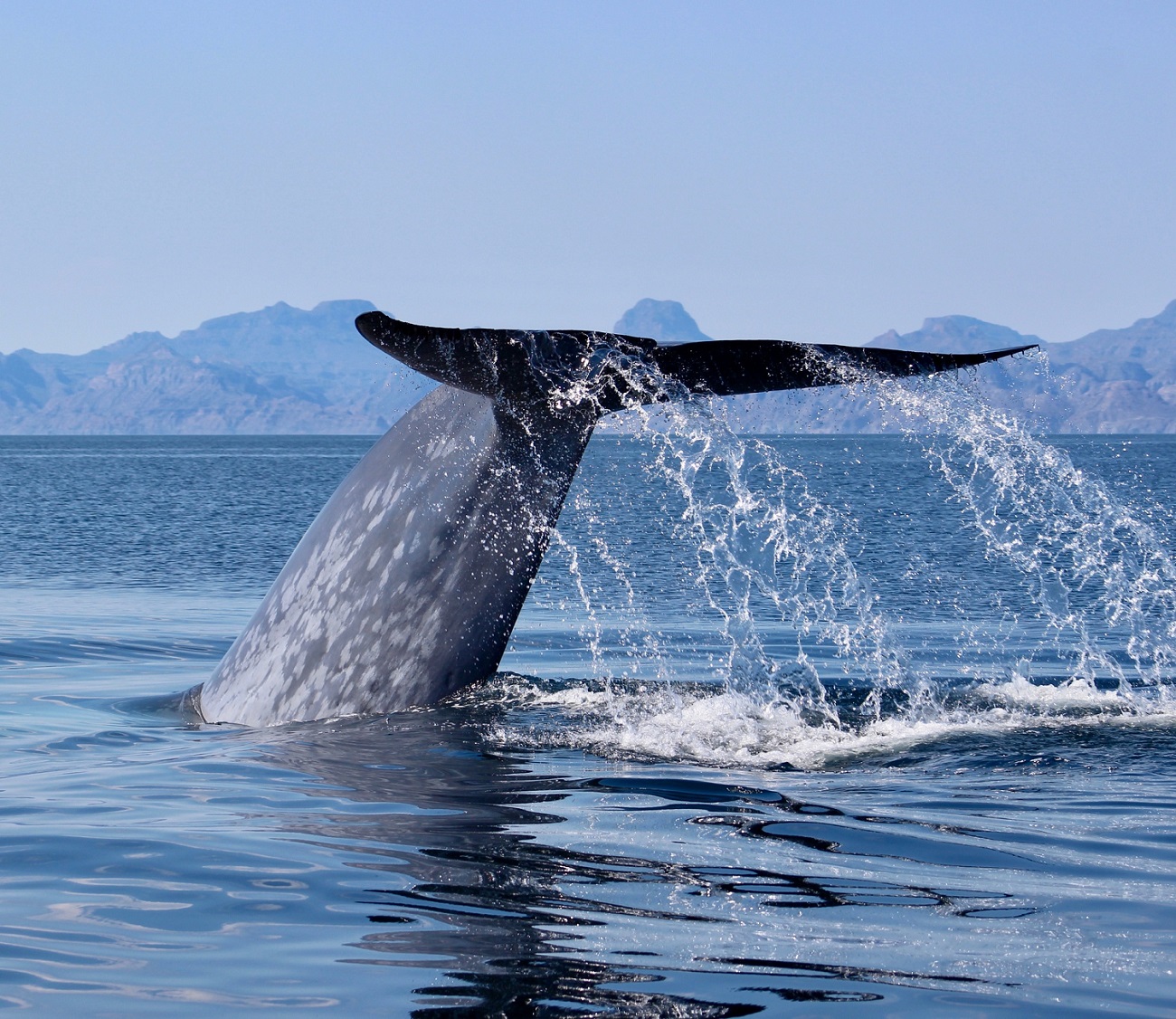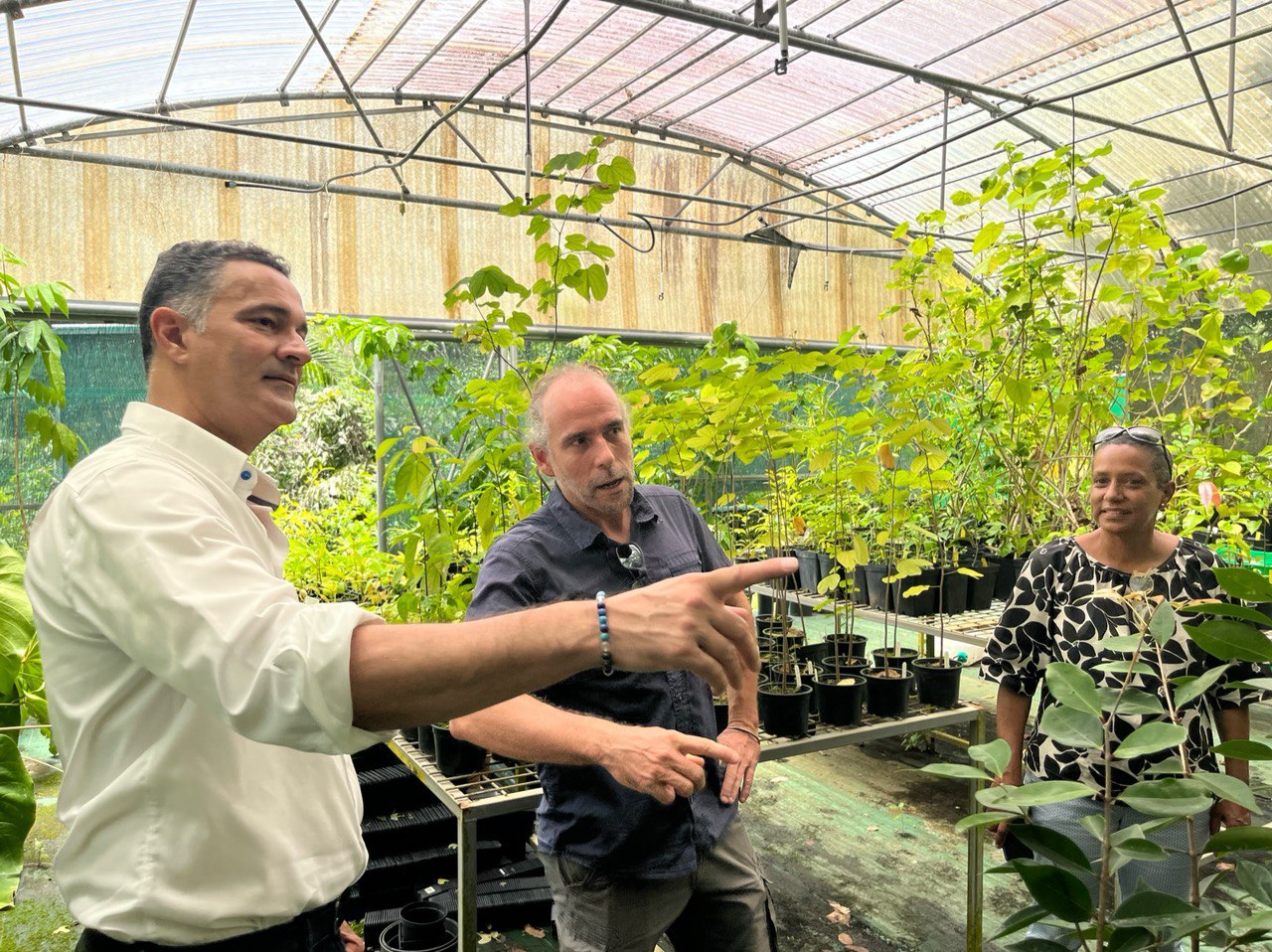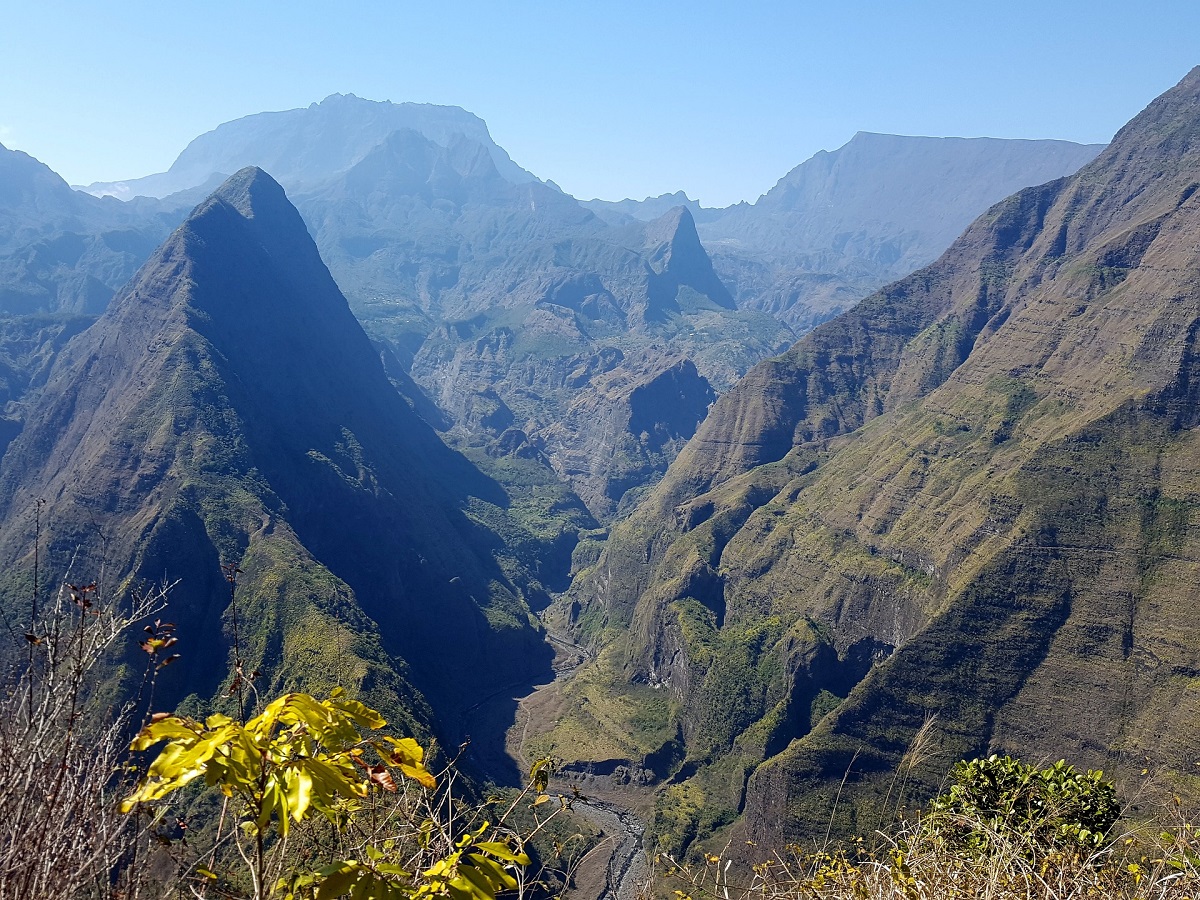Last month the blue whales returned, as they do every year, to the shores of my island La Réunion - a French and European island in the Indian Ocean. Every year, the whales offer us a breath-taking spectacle that illustrates all the power of nature.
Overseas Entities embody the richness of our planet's natural heritage. Together, the European Union’s Outermost Regions (ORs) and Overseas Countries and Territories (OCTs) are home to 80% of Europe's biodiversity: over 13,000 endemic species. But, as we know, the richer biodiversity is, the more precious it is. And as we can see, Overseas Entities are on the front line of the climate crisis.
The climate steamroller is heating up our oceans, bleaching our corals, flooding our mangroves and making our flora and fauna disappear. Environmental health and human health do not just coexist: they are deeply and intrinsically linked. When our nature is in danger, all humanity is threatened. So, it is imperative that we protect nature. Over the last 50 years, our planet has lost almost 70% of its vertebrate animal populations. These figures are staggering. They are a true SOS: an urgent call to action. We refuse to see our nature disappear. With the BEST initiative (Biodiversity and Ecosystem Services in Territories of European overseas), this is the battle we have decided to fight.






Add new comment